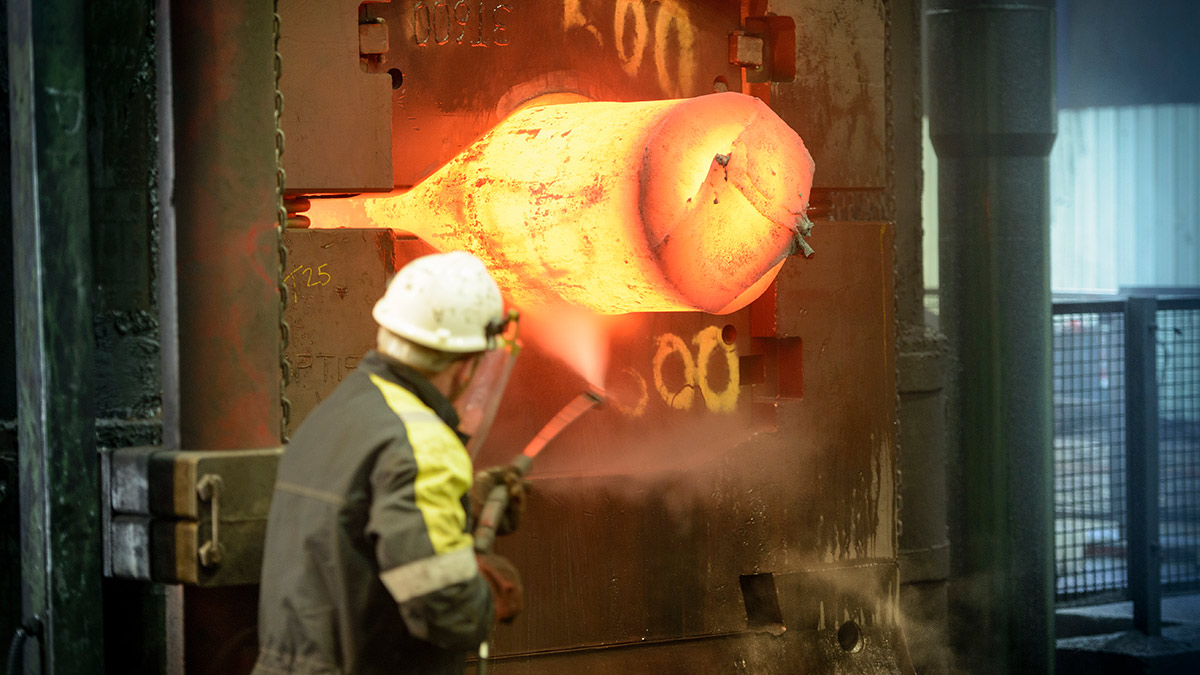Think Big: How booming iron ore prices are helping to repair Australia’s budget deficit

Pic: Getty
The spending required to combat COVID-19 has left Australia’s federal budget in a relative state of disrepair.
Treasurer Josh Frydenberg’s best laid plans for a $5 billion budget surplus in 2020 didn’t quite work out.
Instead, the government ended up with a projected 2021 deficit of $213.7bn when it handed down the budget in October.
Next week, the government will present its Mid-Year Economic and Fiscal Outlook (MYEFO) for 2020/21, including an update on deficit expectations.
Given the delayed October budget, one could reasonably expect minimal changes with only two months having transpired between (proverbial) budgetary drinks.
However, as CBA’s Head of Australian Economics Gareth Aird observes, “this is no ordinary year”.
Consumer confidence is back at 10-year highs, Q3 GDP data showed a return to economic growth and iron ore prices are the talk of the town.
On that last point, Aird said the iron ore surge is one of the factors that should underpin a material improvement to the budget outlook.
Clawing it back
The size of the deficit will remain “extraordinary”, Aird said.
But citing a combination of higher revenue and lower cost adjustments, CBA expects the government to deliver a revised deficit projection of $204bn – a $13bn improvement.
Australia’s biggest export will play a role, with iron ore prices recently hitting eight-year highs at around $US150 per tonne.
Those price levels have exceeded most analysts’ price expectations.
But perhaps none more than the Treasury department itself, which based its budget forecast on a projected fall in prices – to $US55/t by June next year.
“The swing is large and should see tax receipts boosted by around $2bn in 2020/21,” Aird said, with further upside if prices remain elevated.
In addition, the Q3 national accounts showed domestic consumption – the largest component of GDP – rose sharply in the September quarter.
With increased household savings rates, rising house prices and a surge in consumer confidence, that trend has continued into Q4, Aird said.
In addition, there was another strong employment print in October as the economy added another 178,800 jobs, easily surpassing the median analyst forecast.
Unemployment ticked higher due to increased participation as more people got on the job hunt.
But Aird said the net result is that employment growth from July through October likely beat Treasury’s estimates – most likely resulting in higher income tax receipts.
Summing those inputs, CBA reckons actual revenue will exceed forecast income by around $8.6bn.
Employment growth has also beaten expectations on the cost side, as monthly data showed only 1.5m people took JobKeeper payments in October — below Treasury estimates of 2.2m.
Despite the huge deficit figure, the government’s clear pledge to spend what was necessary to support the economy helped give markets a boost back in October.
And two months later, we can “look forward to some good news in the MYEFO, relative to what was presented in the October Budget”, Aird said.
Globally though, CBA analyst Kim Mundy recently cited some risks posed by reduced fiscal spending, as a number of major western economies flagged intentions to tighten the purse strings.
So heading into 2021, government spending is likely to maintain its central role in the outlook for markets.
UNLOCK INSIGHTS
Discover the untold stories of emerging ASX stocks.
Daily news and expert analysis, it's free to subscribe.
By proceeding, you confirm you understand that we handle personal information in accordance with our Privacy Policy.








